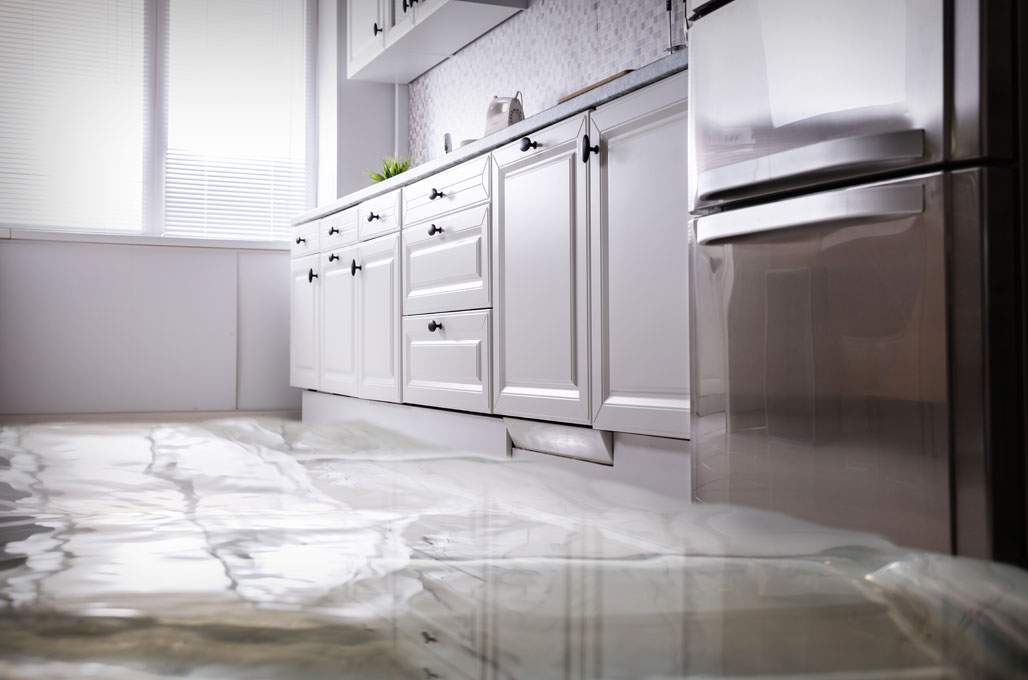Efficient Water Reduction Methods You Required to Know
Water damage can be a expensive and turbulent issue for home owners, making it critical to be well-versed in efficient water mitigation techniques. From early detection and evaluation to effective water removal approaches and detailed drying out strategies, there are essential steps to take in mitigating water damage.

Early Discovery and Examination
Very early detection and examination are important steps in the process of water reduction to identify and attend to possible resources of water damage immediately. Recognizing these problems early on can stop more rise of water damages, eventually saving time and resources in the mitigation procedure.
In addition, early discovery enables for swift action to be absorbed drying affected locations and implementing required repair services to stop mold and mildew development, architectural deterioration, and other long-term repercussions of water damage. Timely intervention not only reduces the instant impact of water invasion but additionally assists in protecting the stability and safety of the property in the long run. As a result, prioritizing very early detection and examination as essential elements of water reduction strategies is vital for effective damages control and repair initiatives.
Effective Water Removal Techniques
Discovery and inspection are vital steps in any kind of water mitigation procedure, laying the structure for effective water extraction approaches to quickly get rid of excess water from impacted locations. Once the level of water damage is assessed, it is critical to utilize efficient removal strategies promptly. Water removal can be accomplished through various methods, consisting of using effective pumps, wet vacuum cleaners, and dehumidifiers.
Professional water reduction groups typically make use of completely submersible pumps to promptly get rid of huge amounts of water from the properties. These pumps can removing water at a quick pace, lessening the risk of more damages to the residential property. Damp vacuums are also typically utilized to target smaller locations or hard-to-reach areas where standing water lingers.
Additionally, dehumidifiers play an essential function in the water extraction procedure by reducing wetness degrees in the air and speeding up the total drying out time - water removal ballston spa ny. By integrating these removal approaches tactically, water mitigation experts can effectively extract water, alleviate damages, and prevent mold development, ultimately bring back the damaged area to its pre-loss condition
Thorough Drying Techniques
To make sure comprehensive water damage reduction, complete drying techniques are vital in removing recurring dampness and protecting against potential the original source architectural issues. After water removal, the focus changes to drying the affected areas completely.
In cases of water damage, permeable materials like drywall and carpets can catch moisture, causing mold and mildew development and architectural weakening if not appropriately dried out. To resolve this, professionals may make use of specific equipment such as moisture meters to gauge moisture levels within materials, making certain thorough drying. Furthermore, the elimination of walls or piercing little openings in walls may facilitate drying out in wall surface cavities where wetness can linger unseen.
Mold Avoidance and Removal
Adhering to the thorough drying strategies in water mitigation, the emphasis now shifts towards addressing mold avoidance and remediation to safeguard against prospective wellness threats and architectural damages - flooded basement cleanup ballston spa ny. Mold and mildew can rapidly establish in locations influenced by water damages, posturing significant health risks and endangering the honesty of the structure.
It is important to resolve mold and mildew concerns without delay and efficiently to prevent more damage and ensure the safety and security of residents. By executing these mold avoidance and removal strategies, the risks linked with water damages can be substantially lowered.
Architectural Repair and Restoration

Painting wall surfaces, changing floor covering, and addressing any type of noticeable water discolorations are common methods. Furthermore, attending to any type of lingering moisture issues and ensuring correct ventilation can aid stop future structural damage and mold and mildew growth.
Final Thought
Finally, efficient water reduction techniques such as very early discovery, efficient water extraction, extensive drying out, mold and mildew avoidance, and structural informative post fixing are important in minimizing damages and bring back affected locations (mold mitigation saratoga). By complying with these actions faithfully, building proprietors can reduce the effect of water damage and protect against further concerns such as mold development. It is important to act immediately and employ these strategies to make sure an effective water mitigation procedure
Water damage can be a costly and turbulent issue for home owners, making it essential to be fluent in reliable water reduction methods. From early discovery and examination to efficient water extraction approaches and extensive drying out techniques, there are important steps to take in mitigating water damages.Early detection and examination are vital actions in the process of water mitigation to recognize and attend to possible resources of water damages quickly.Detection and examination are essential steps in any kind of water mitigation process, laying the foundation for effective water removal techniques to promptly remove excess water from influenced locations.In final thought, effective water reduction techniques such as early detection, efficient water extraction, detailed drying, mold and mildew avoidance, and structural fixing are critical in lessening damage and recovering influenced areas.